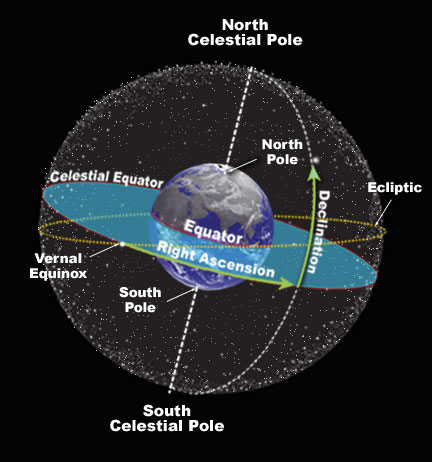If you've never seen an image like the one above before, this is a phenomena known as an analemma, a series of pictures taken throughout a single year, from the exact same location at the exact same time every day (with corrections for people who live in daylight savings areas, of course!) and then superimposing those images to create an image similar to this one. Of course, where you are on the Earth, and when you choose to take a photo each day, will affect how your final image looks compared to this one, but that is to be expected from the celestial mechanics at work that make such an image possible in the first place.
Okay, so now you might be asking me, "What in the world are you talking about? This celestial mechanics gibberish is beyond me!" And if you've never taken an astronomy course, don't worry, I'm about to give you a simplified version of celestial mechanics in this post!
To start, you should all know already that the Earth orbits the sun once every 365 days (which defines one Earth year), while rotating about its own axis once every 24 hours (which defines the length of one Earth day). The Earth's orbit lies on the plane of the solar system, along with the orbits of most of the other planets. The Earth's axis, on the other hand, is tilted from the vertical by roughly 23.45 degrees and this tilt causes a plane drawn through the equator of the Earth to be tilted from the plane of the solar system (the ecliptic) by the same amount, and this plane is called the celestial equator. In the image above of the analemma, the white line drawn along the length of the analemma is caused by the tilt of the ecliptic as we move around the sun during the year. The figure 8 portion of the analemma is a result of the shape of the Earth's orbit, which is not perfectly circular but instead elliptical. The eccentricity of an orbit gives information about how elliptical an orbit is, where an eccentricity of zero would indicate no elliptical motion, or a perfectly circular orbit. The amount of eccentricity of the orbit causes the figure 8 shape, and the size of the two lobes are directly related to the eccentricity -- meaning large eccentricities have more even lobes and no eccentricity results in a straight line. With some information from Kepler's Second Law of Planetary Motion, which we can summarize as the area of the orbit traversed in a given amount of time is the same no matter where you are along the orbit (see image below for visualization), we can see that the Earth travels fastest when it closest to the sun (perihelion) and slowest when it is furthest from the sun (aphelion). It is this difference in speed along the orbit, caused by the eccentricity, that we see in the lobes of the analemma above.
In general, this phenomena is not unique to the Earth, but does vary in appearance on each planet. You can see a short animation and an explanation of analemmas on other planets in our solar system here. Also, I mentioned that your location on the Earth changes the appearance of the analemma you take. The reason for this is related to the angle at which the sun appears in the sky to you at your location, known as the declination. The effects of the declination of the sun at your location are explained pretty well in this blog, so check it out if you'd like more details of how the analemma changes with location.
Further reading and sources:



4 points.
ReplyDelete